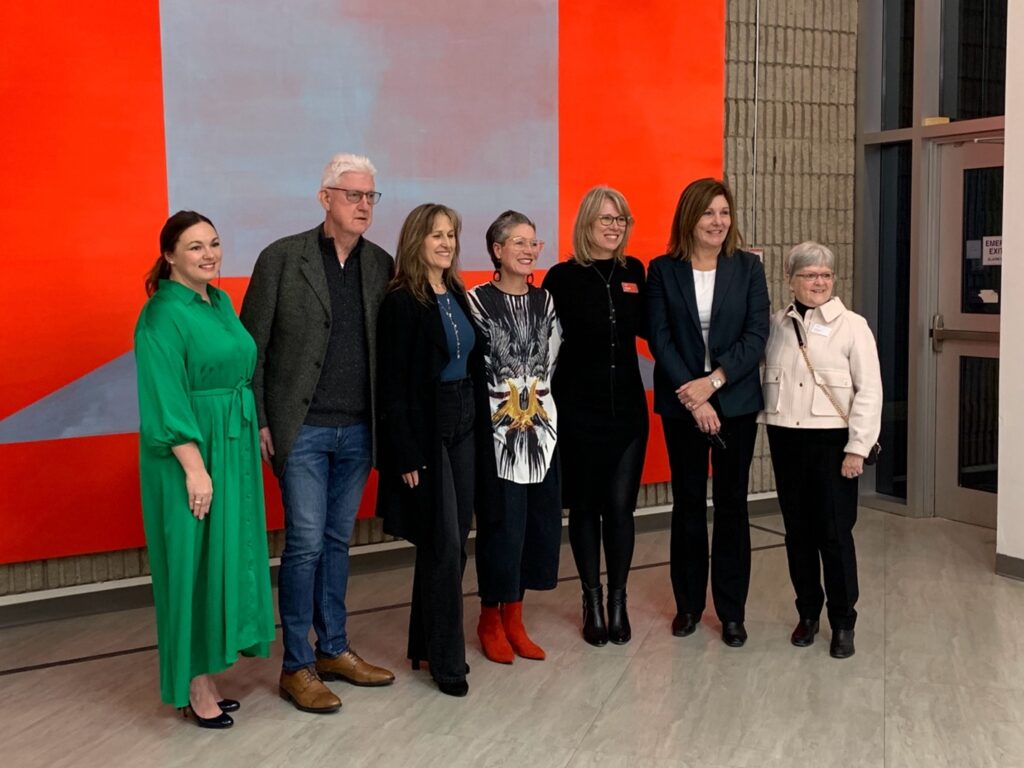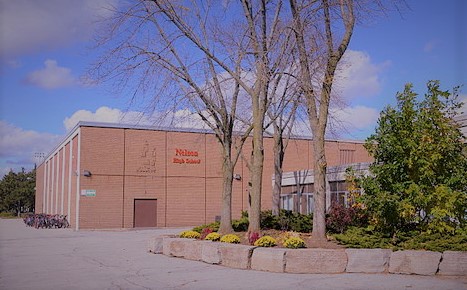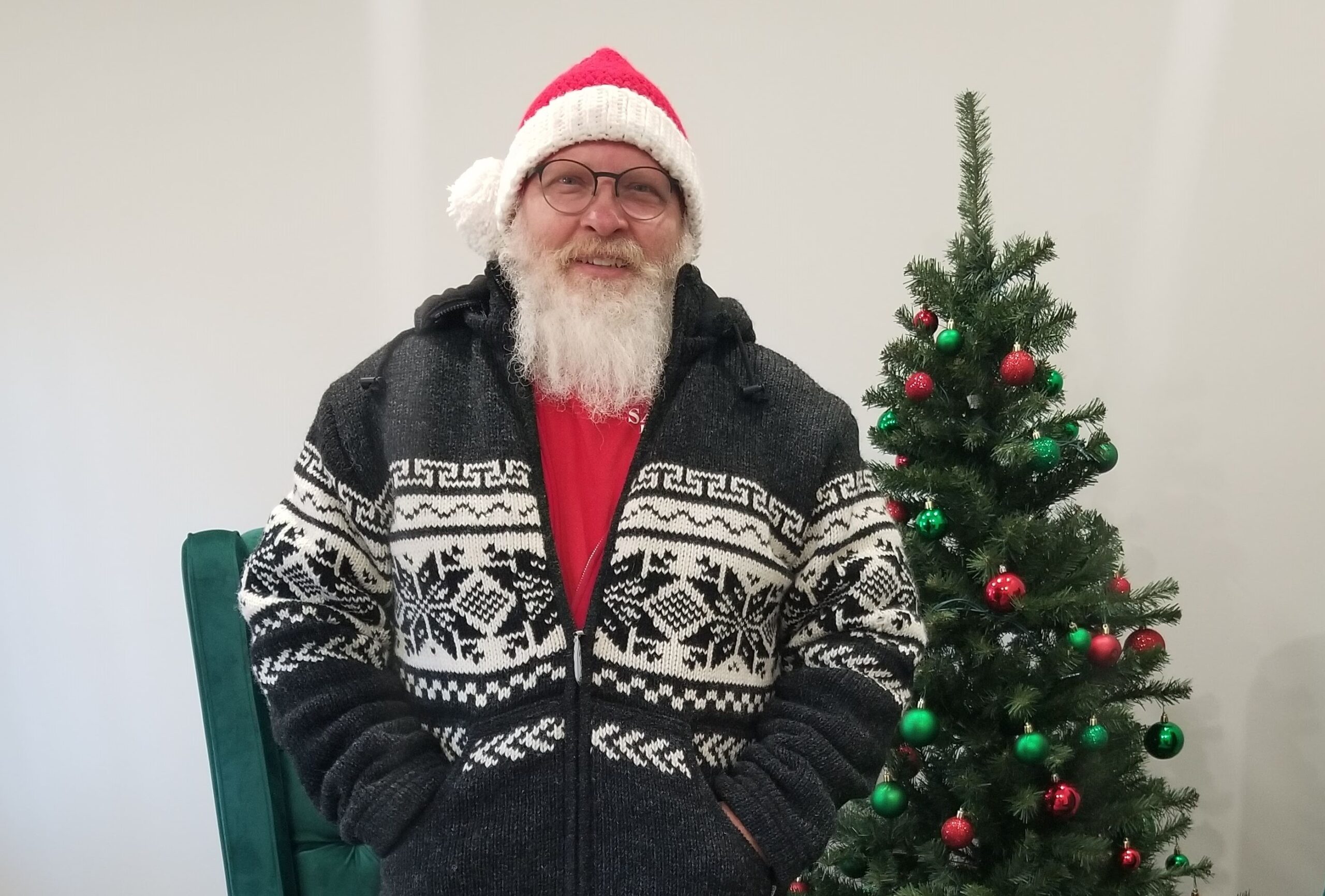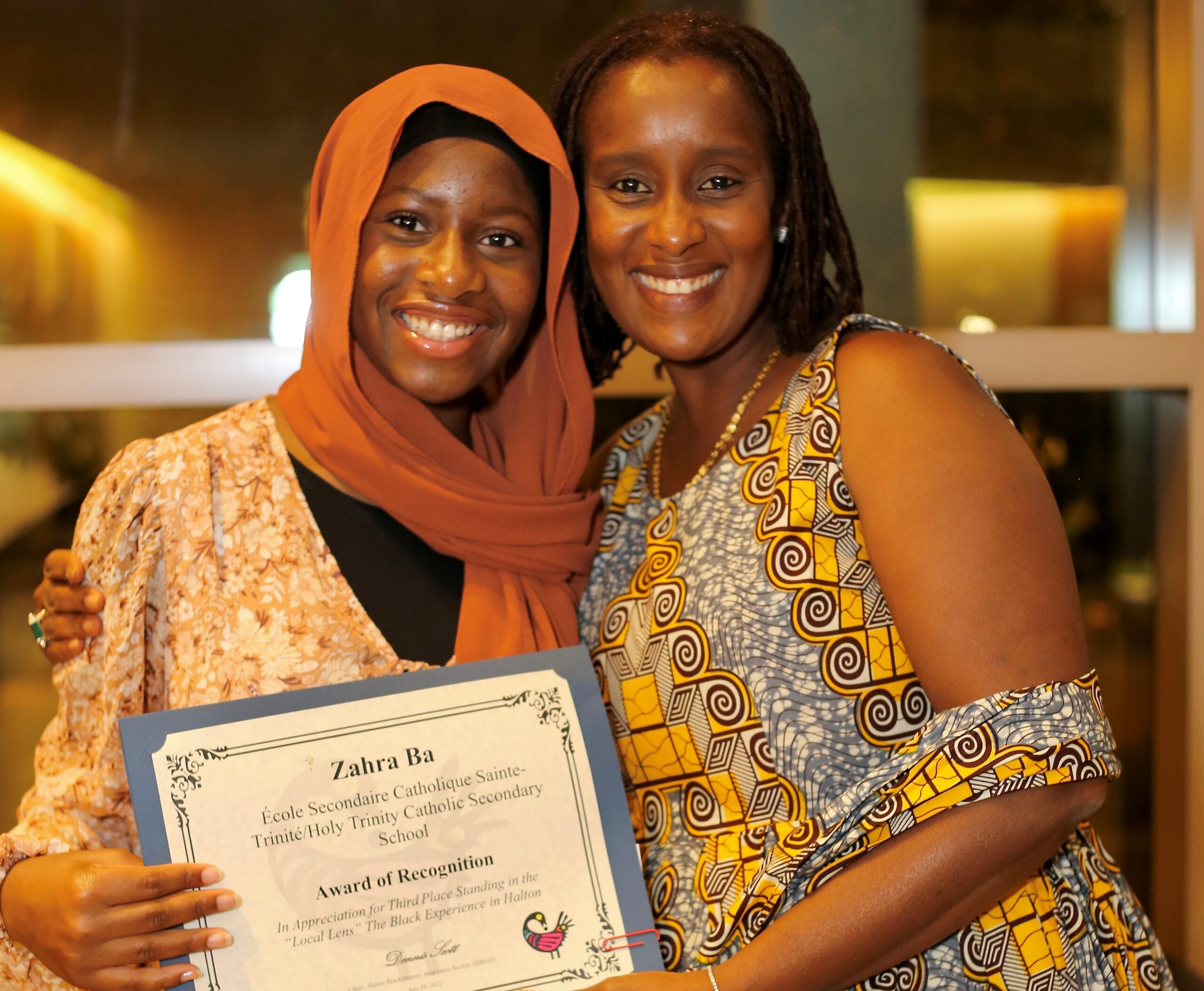By Jack Brittle, Local Journalism Initiative Reporter
The Art Gallery of Burlington (AGB) is currently hosting two unique exhibits: How can I know you? and Stockroom, on display until April 28, 2024, and April 7, 2024, respectively.
How can I know you? explores the connection between the land, people, and their lived experiences, including their ancestral relationships and socio-political past and present. How does one learn about someone else, and how does that method of learning affect the relationship to come? These are questions visitors might think about on viewing this exhibit, which was curated by Suzanne Morrisette, and includes work by artists KC Adams, Anong Beam, Panya Clark Espinal, Melissa General, Dana Prieto, and Krista Belle Stewart.
Stockroom, by artist Jeremy Laing, is an immersive exhibit. It is created from found objects and materials, as well as the physical space of the Perry Gallery, in which Stockroom is displayed. Visitors may consider how these objects, previously stored away and forgotten, are now being “used” again. The very creation of the exhibit and then its viewing allow space for a different relationship between the objects and the visitor/user of the objects.
On January 18, the AGB held a reception to celebrate two grants from the Ontario Trillium Foundation (OTF) that amount to $264,700, and the opening of both How can I know you? and Stockroom. There were also two performance art pieces on display after the reception.
Among those at the event were Mayor Marianne Meed Ward, Lisa Kearns and Paul Sharman, Ward 2 and Ward 5 councillor, respectively, and Natalie Pierre, MPP for Burlington.

Local patrons of the arts were in attendance, as well as AGB staff, including Emma Sankey, executive director of the gallery.
Sankey said that the grants will help the gallery grow in a variety of ways.
“It strengthens the core through things like renovation and capital expenses,” Sankey said. “And it helps us with our efficiencies in how we kind of train staff and how we build staff and how we put structures in place,” she continued.
“So, you know, finding grants that allow you to go at those more administrative operational areas of the organization [are] really hard, but then the ones that really put the foundation in place for growth to happen,” Sankey said.
Meed Ward shares a similar outlook.
“This will really allow them to reach new people in a new way, and to continue to deliver great programming, great art, great culture,” Meed Ward said.
“And then all of the renovations, this is an old building. We love it, but it’s old and so those renovations will really be helpful to deliver new programming, better programming, and really showcase the art that we have and the collections that we have,” she continued.
The first performance was in Laing’s Stockroom.
Laing was encased in a large box made of glass, covered with grey tarps, and surrounded by materials and objects sourced from the AGB itself. The room was small, dimly lit, and was populated by spectators looking through small holes cut in the tarps.
Laing, dressed in a grey factory uniform and work boots, travelled around the inside of the box, arranging objects in different ways, tying ropes, wrapping belts around a ring light that changed colours, and using screens to project colours and visuals.
An excerpt from the AGB’s website explains the piece in more detail.
“It calls from the quiet resolve of the back room, the storage space, the depository. It recalls the space where one stores or ignores the archive (the lesser archive, the lower archive), the space that holds the administrative reserves, the reams of paper, the ink cartridges, the publications, the outdated marketing material… It is a transcendental space where objects emerge from sanctioned futility to be rearticulated in the now.”

The other piece was performed while Laing’s was ending.
The focal point of the exhibition was an experimental, audio-based, interactive piece called FLOW.
Clay pots were arranged in a circle and filled with water sourced from Lake Ontario and connected electronically to a midi player. The artists sat in the circle and touched their feet together to allow electricity to flow, and used their hands to play with the water and trigger the player to play a different recording of water, taken from Fisher River Cree Nation.
KC Adams, one of the artists, says that the performance is meant to make spectators reflect on how we think about water.
“This is a piece that really allows to give agency to water, to give water a voice and think of water in a way that we don’t know what often think of,” Adams said. “I mean, we know it often as a commodity. And what I wanted to do is I wanted to take it far away from that… [and] instead, think of it as a relative, and also show its playful side, its beautiful side.”
The cedar and sand the pots rested on are also from Adams’ home in Treaty 1 territory.
Adams described the performance and some of the audio in more detail.
“There’s thunderstorms, there’s kids playing at a water park, there’s water dripping from the tap, there’s rain coming down and waterfalls,” Adams said.
“And so, every time they touch the water, it caused the recordings to play. And we all connected our feet together to allow the electricity to flow through our bodies. Because water and salt are conductors of electricity,” Adams continued.
Both Stockroom and How can I know you? exhibitions are currently on display at the Art Gallery of Burlington, in the Perry Gallery and Lee-Chin Family Gallery, respectively.




